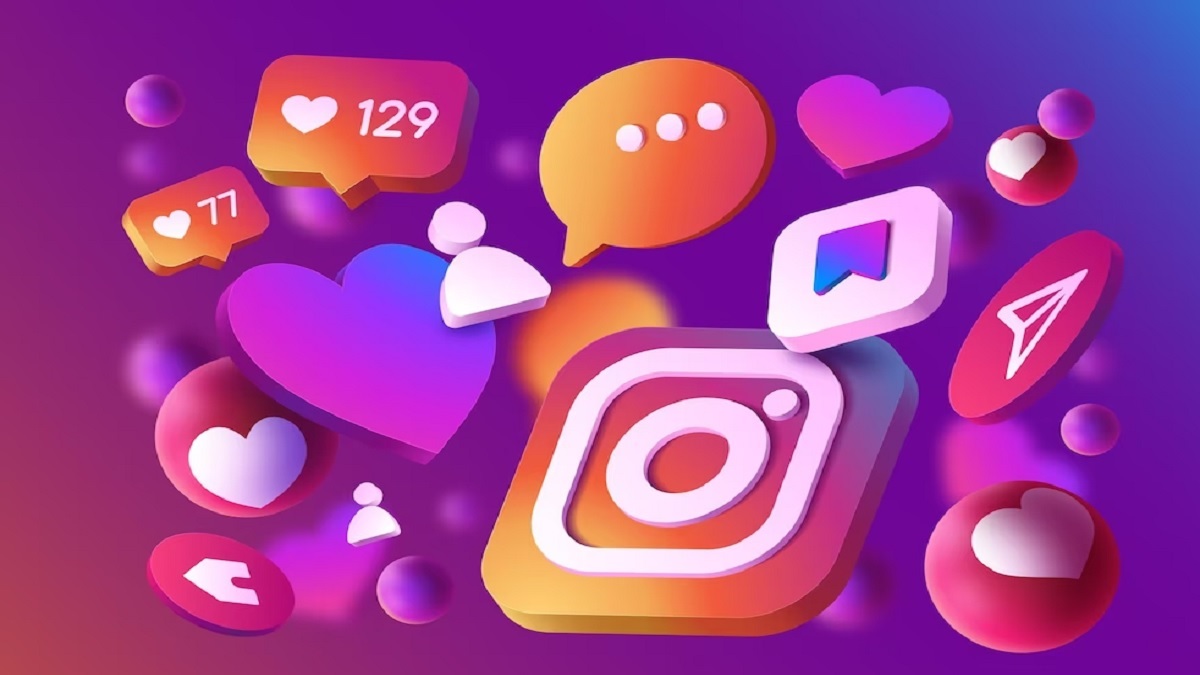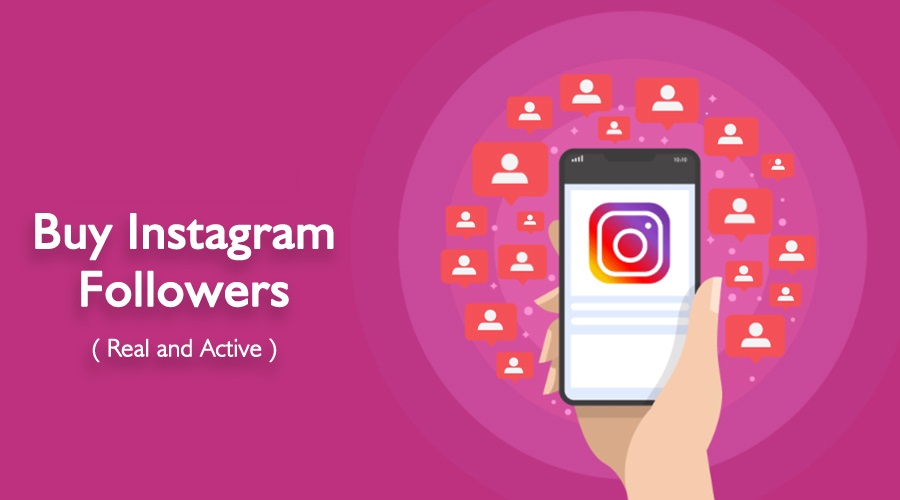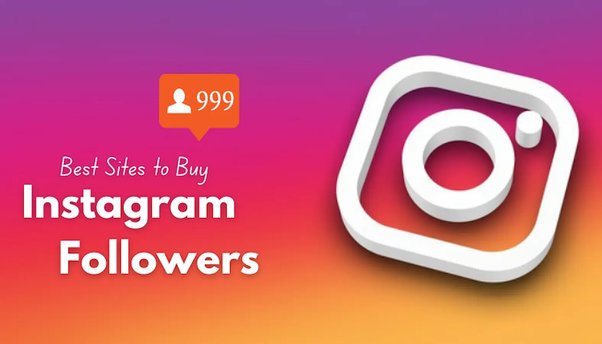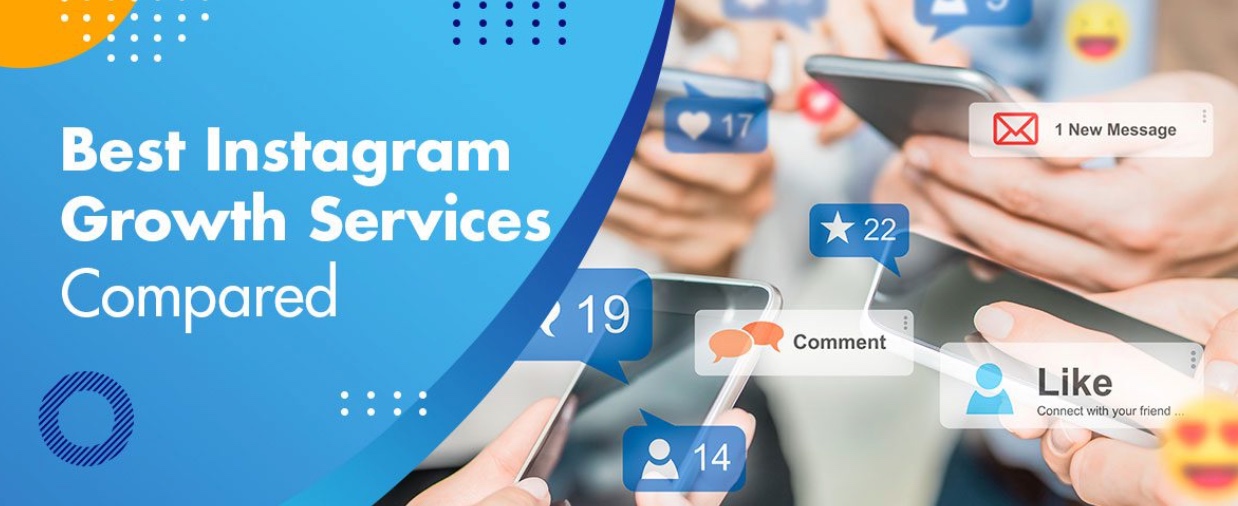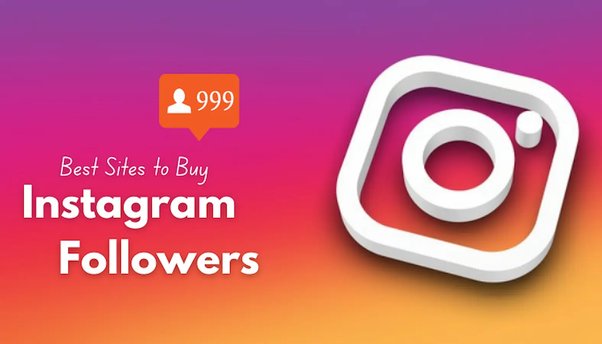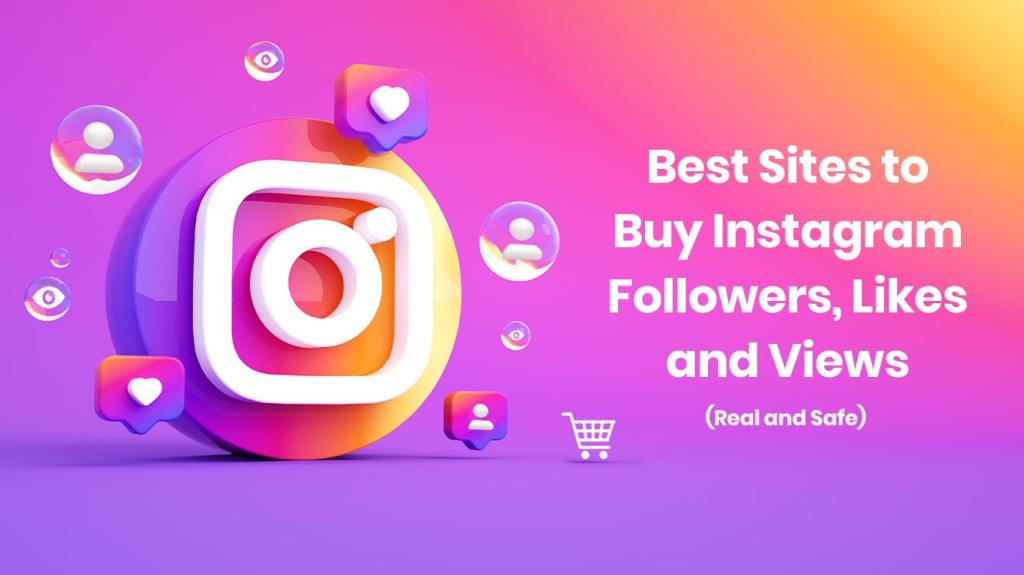Instagram and Facebook, both owned by Meta Platforms, dominate the social media landscape, each with its own unique features and user experiences. Let’s delve into the comparison of Instagram vs. Facebook:
- Audience and Usage: Instagram is known for its younger demographic, with a significant portion of users aged between 18 and 34. It’s popular for visual content, making it ideal for businesses and influencers focused on aesthetics and storytelling. Facebook, on the other hand, has a broader user base, including older demographics, and offers a wide range of content types beyond visuals.
- Content Format: Instagram is primarily focused on visual content, including photos, videos, and Stories, with a strong emphasis on aesthetics and creativity. It’s a platform where users showcase their lifestyles, interests, and brand aesthetics through curated feeds. Facebook, while also supporting visual content, offers a more diverse range of content formats, including text posts, links, events, and groups.
- Engagement and Interaction: Instagram fosters engagement through likes, comments, shares, and direct messages, with a focus on visual storytelling and community interaction. Its algorithm prioritizes content based on user engagement and interests. Facebook, on the other hand, emphasizes connections and interactions between friends and family, with features like status updates, reactions, and comments driving engagement.
- Advertising and Monetization: Both platforms offer robust advertising options for businesses and influencers to reach their target audiences. Instagram’s visual nature makes it particularly effective for visual ads, influencer partnerships, and sponsored content. Facebook’s advanced targeting capabilities and diverse ad formats cater to a wide range of businesses and marketing objectives.
- Cultural Impact: Instagram has emerged as a cultural phenomenon, shaping trends in fashion, beauty, travel, and lifestyle. It’s a platform where influencers and brands collaborate to create aspirational content and drive consumer behavior. Facebook, with its longer history and broader user base, has had a profound impact on social interactions, news consumption, and online communities.
In conclusion, Instagram and Facebook offer distinct experiences and opportunities for businesses, influencers, and users. While Instagram excels in visual storytelling and community engagement, Facebook provides a comprehensive platform for diverse content types and social interactions. Ultimately, the choice between Instagram and Facebook depends on the target audience, content strategy, and marketing objectives of individuals and businesses.
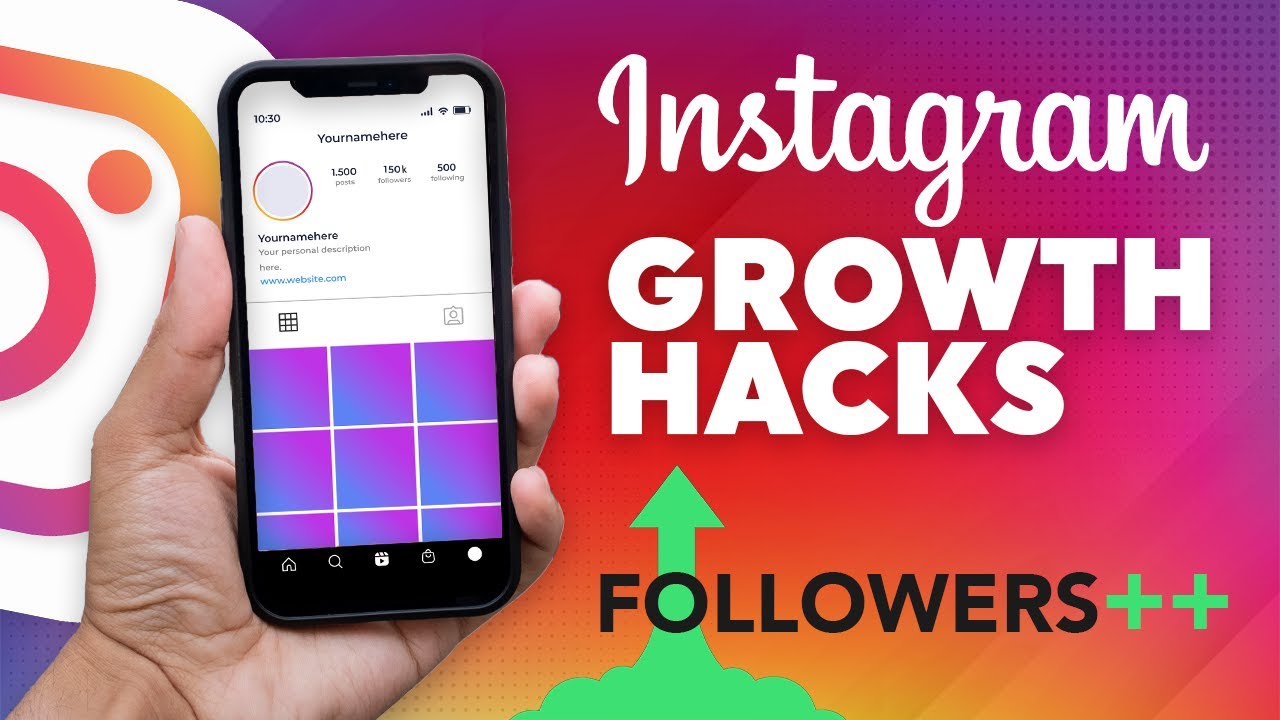
Comparing Instagram vs Facebook: Determining the Superior Platform
Instagram and Facebook, both prominent social media platforms, offer unique features, user experiences, and cater to distinct demographics. Let’s compare Instagram vs. Facebook across different aspects:
- Features and Content: Facebook provides a versatile platform with features like status updates, events, groups, and pages, fostering community building and brand promotion. In contrast, Instagram focuses on visual content, including Stories, IGTV, and Reels, promoting creativity and storytelling through images and short videos.
- User Demographics: Facebook attracts a diverse user base, including older adults, making it suitable for long-form communication and sharing various content types. In contrast, Instagram appeals to a younger audience, emphasizing visual storytelling and self-expression, making it ideal for brands targeting millennials and Gen Z.
- Purposes and Social Interaction: Facebook serves as a comprehensive social network covering different aspects of users’ lives, encouraging long-form communication and diverse content sharing. In contrast, Instagram prioritizes visual storytelling and shorter attention spans, catering to a younger audience seeking visually captivating content.
Ultimately, the choice between buy Instagram followers and Facebook depends on factors such as target audience demographics, content strategy, and marketing objectives. Brands and marketers should consider the unique features and user experiences of each platform to determine which platform aligns best with their goals and audience preferences.
Also Read : Content Ideas to Rapidly Grow Your Instagram Following

Comparing Facebook Reels and Instagram Reels: Similarities and Differences
Comparing Facebook Reels vs Instagram Reels reveals distinct features and opportunities for content creators:
Facebook Reels:
- Enhances discoverability of short-form video content.
- Can appear in users’ news feeds and the dedicated Reels tab.
- Offers cross-platform sharing with Instagram, expanding audience reach.
- Allows creators to target diverse user demographics across the Facebook network.
- Provides engagement metrics for refining content strategies.
Instagram Reels:
- Promotes creativity and trends, enabling creators to capitalize on emerging trends.
- Facilitates a user-friendly interface for seamless content creation.
- Simplifies features like music selection and video speed adjustments.
- Enables creators to reach a wider audience on Instagram.
Both platforms offer unique advantages for content creation and audience engagement. Evaluating objectives and audience demographics can help creators determine which platform best aligns with their goals. Additionally, the cross-platform nature of Reels presents opportunities for brand integration and reaching diverse audiences across both Facebook and Instagram.
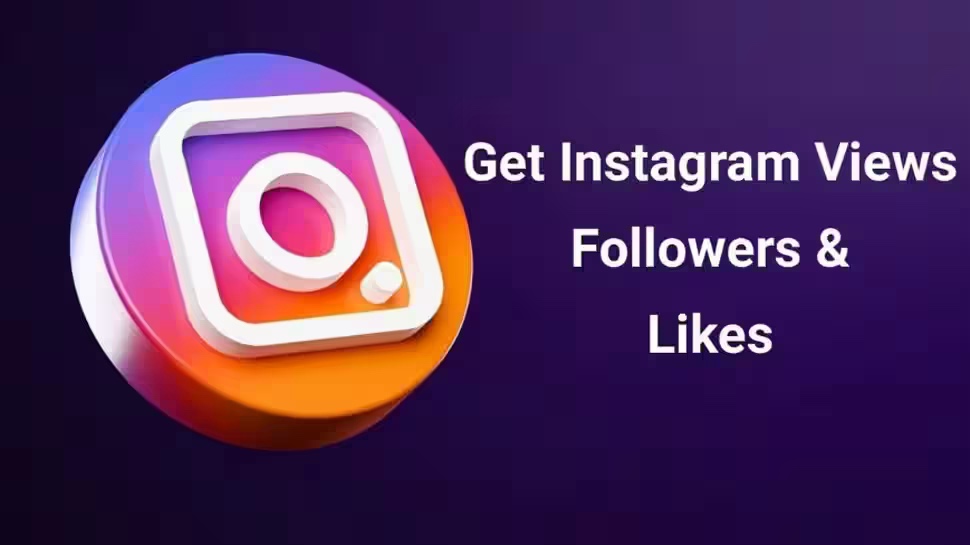
Analyzing Instagram Ads vs Facebook Ads: Choosing the Right Platform for Your Campaign
Instagram Ads and Facebook Ads offer unique opportunities for businesses to reach their target audiences effectively. Let’s explore their distinctive features and benefits:
Instagram Ads:
- Visual appeal: Instagram’s emphasis on aesthetics makes it an ideal platform for businesses to showcase their products or services through visually engaging content.
- Seamless integration: Story Ads seamlessly integrate into users’ experiences, allowing businesses to capture attention in a native and immersive format.
- Direct link sharing: Businesses can drive traffic directly from their ads by including links, making it easier for potential customers to take action.
- Influencer collaborations: Partnering with influencers allows businesses to tap into their followers’ trust and credibility, enhancing brand awareness and engagement.
- Organic feel: Sponsored posts on Instagram often feel more organic and authentic than traditional advertisements, increasing the likelihood of user engagement and interaction.
Facebook Ads:
- Diverse formats: Facebook offers a wide range of ad formats, including photo, video, carousel, slideshow, and collection ads, providing versatility for businesses across various industries to showcase their offerings.
- Audience targeting: Facebook’s robust targeting capabilities enable advertisers to pinpoint potential customers based on demographics, interests, behaviors, and custom segments, ensuring that ads reach the right audience.
- Precise placement control: Advertisers have control over where their ads appear, whether it’s in the news feed, right column, or audience network, allowing for optimized visibility and tailored marketing approaches.
- Comprehensive analytics: Facebook provides detailed analytics and insights into ad performance, allowing businesses to track their campaigns’ effectiveness and make data-driven decisions to optimize their advertising strategies.
By understanding the unique features and benefits of Instagram Ads and Facebook Ads, businesses can leverage these platforms effectively to reach their target audiences, drive engagement, and achieve their marketing objectives.

What To Post on Facebook vs Instagram?
Deciding what to post on Facebook versus Instagram depends on the platform’s user demographics, content formats, and engagement styles.
Facebook:
- Longer-form content: Facebook is suitable for longer posts, such as articles, updates, and detailed stories.
- Shareable content: Share news articles, blog posts, and informative videos that spark discussions among your audience.
- Event promotions: Promote events with event pages, share event details, and invite followers to join.
- Community engagement: Use Facebook groups to foster communities around specific topics or interests.
- Behind-the-scenes content: Share behind-the-scenes looks at your business, team, or creative process.
- Calls to action: Encourage followers to visit your website, sign up for newsletters, or participate in surveys.
Instagram:
- Visual content: Instagram is primarily a visual platform, so focus on high-quality photos and videos.
- Short captions: Keep captions concise and engaging, using emojis and hashtags to enhance discoverability.
- Storytelling through imagery: Tell stories through series of images or short videos using the Stories feature.
- User-generated content: Encourage followers to share their experiences with your products or services using branded hashtags.
- Influencer partnerships: Collaborate with influencers to reach a wider audience and promote your brand.
- Product showcases: Showcase your products or services in creative ways, such as flat lays, lifestyle shots, or product demos.
Remember to tailor your content to each platform’s audience preferences and engagement styles while maintaining consistency with your brand identity.


